Jalppajin Memil - Seochon Branch (잘빠진메밀 서촌)
19.1Km 2021-03-18
41-1, Jahamun-ro, Jongno-gu, Seoul, Korea
+82-70-4142-1214
This is a Korean cuisine located in Jongno-gu, Seoul. A restaurant that uses noodles made with 100% buckwheat directly by the chef. The best menu at this restaurant is dumpling hot pot.
Parque Ecológico de la Paz del Pico Aegibong (애기봉평화생태공원)
19.1Km 2025-05-22
Pyeonghwagongwon-ro 139, Haseong-myeon, Gimpo-si, Gyeonggi-do
El pico Aegibong está situado en el extremo norte de la ciudad de Gimpo. La montaña es donde sucedió una batalla feroz entre las dos Coreas durante el fin de la Guerra de Corea; desde este combate, Corea fue dividida en dos naciones. Puesto que el pico es todavía un área restringida, los visitantes deben presentar su pasaporte para ser admitidos. Desde el pico, se despliega una vista panorámica del territorio norcoreano.
Festival de las Flores Primaverales de Yeouido en Yeongdeungpo (영등포 여의도 봄꽃축제)
19.1Km 2025-04-02
Yeouido-dong 8-1, Yeongdeungpo-gu, Seúl.
02-2670-3128
Es un festival que tiene lugar a mediados de abril en los alrededores de la calle Yeouiseo-ro (Yunjung-ro), durante la época cuando las flores primaverales como la forsitia, la azalea y el cerezo llegan a su plenitud. La zona en donde se celebra el festival es famosa por la abundante cantidad de árboles de cerezo, una cifra de entre 1.400 a 1.600 ejemplares. Durante el festival, en las cercanías de la Asamblea Nacional se prohíbe la circulación de los vehículos, por lo que podrá disfrutar tranquilamente del túnel formado por las flores de cerezo, y el otro gran espectáculo es la maravillosa vista del río Hangang. Por las noches, el paisaje floreado posee otra atracción apasionante, ya que son iluminados por una instalación de luces con efectos especiales. También se presenta una variedad de espectáculos callejeros y exposiciones de obras artísticas.
Festival Dongsim Hanmadang (동심한마당)
19.1Km 2025-04-28
Uisadang-daero 1, Yeongdeungpo-gu, Seúl
02-595-3325
Samcheonggak(삼청각)
19.1Km 2020-12-24
3 Daesagwan-ro Seongbuk-gu Seoul
+82-2-765-3700
You can enjoy Hanjeongsik (Korean table d’hote) in a beautiful natural environment. This Korean dishes restaurant is located in Seongbuk-gu, Seoul. The most famous menu is Korean table d'hote.
Seochon Guest House [Korea Quality] / 서촌 게스트하우스 [한국관광 품질인증]
19.1Km 2023-04-07
28-3, Jahamun-ro 7-gil, Jongno-gu, Seoul
+82-010-3345-9680
Seochon Guest House is located in Seochon, which is becoming a hot place for tourists in Seoul, and precisely on the road to Suseong Valley, whichis filled with interesting stores and is also well-known for Park Nosoo Art Gallery and the House of Yun Dong-ju (poet). Seochon Guest House is nicknamed ‘Jaeminangol (interesting village)’ after Baekseok’s poem ‘Yeowunangol’, with the aim of providing a visit full of interesting experiences. Passing through a garden and entering the main building, the unique charm of this hanok building, the staircase to get to the first floor from daecheong (main floored room), catches the eye of the visitors. In addition, the building is decorated with various stylish objects including paintings and Korean musical instruments. The terrace situated on the first floor offers an open view of the surrounding area including roof tiles of hanok structures and alleyways in Seochon. It is said that Korean novelist Yoon Hu-myeong also appreciated the structure of the guesthouse, saying, “It is an interesting place.” Built in the 1930s, the house, which has many storage places, was taken by the owner couple in spring 2014 as they were attracted by the house during their trip to Seochon. After the repair work, the ground floor of the house was opened for guests from January 2016, hoping that guests could share their daily experiences and stories with each other. The guestrooms and the main floored room on the ground floor are open to guests, with the exception of the first floor, which is used by the owner couple. The living room is equipped with books, a curved TV, and a table. The tasty meal, which is served in the kitchen, consists of rice and soup with six side dishes and is much loved by guests. The guesthouse offers a total of four rooms – Jae Room, which is the most Korean-style room; Mi Room, which has a combined style of a Korean-style room and Western-style room; Nan Room, which is an ideal room for meditation with a beautiful paper window; and Ahn Room, which is equipped with a veranda and a pretty flowerbed. Every room has its separate charm with various comfortable bedding to provide a quiet and cozy bedroom for guests in the middle of the city. Furthermore, the guesthouse holds a pansori (epic chant) performance twice a year. The owner started learning how to sing pansori to promote the Korean culture and tradition to foreigners. When a pansori performance is held, the owner offers traditional Korean snacks and drinks including sikhye (sweet rice punch), sujeonggwa (cinnamon punch), traditional sweets and cookies, and tteok (rice cakes) to visitors, tourists, and performers. Moreover, it provides cultural programs such as a Gukak (Korean classical music) experience, Korean traditional clothes experience, and making Korean food experience, as well as other activities with guests, such as trip to the city wall between Inwangsan Mountain and Bugaksan Mountain, and the Royal Palace Tour to Gyeongbokgung Palace, etc., as well as a trip to a traditional market.
Parque del Lago Sangdong (상동호수공원)
19.1Km 2020-09-07
Jomaru-ro 15, Wonmi-gu, Bucheon-si, Gyeonggi-do
El Parque del Lago Sangdong es conocido como un parque de ocio que abrió en Bucheon el 31 de marzo de 2003. El parque está rodeado por el lago, el cual aloja diferentes especies de plantas y peces. Cerca del parque está Aiins World, un parque de atracciones que muestra recreaciones en miniatura de edificios famosos de todo el mundo.
Haeoreum Bongpyeong Memil Makguksu(해오름봉평메밀막국수)
19.1Km 2021-04-19
3, Beodeunaru-ro, 19-gil, Yeongdeungpo-gu, Seoul
+82-2-2068-1002
It is a noodle dish using soba noodles and kimchi soup. The best menu at this restaurant is buckwheat noodles. This Korean dishes restaurant is located in Yeongdeungpo-gu, Seoul.
Velvet Moon (벨벳문)
19.1Km 2021-03-26
39, Jahamun-ro 5-gil, Jongno-gu, Seoul
+82-10-4028-9957
This coffee shop roasts coffee beans directly. This Korean dishes restaurant is located in Jongno-gu, Seoul. The most famous menu is espresso.
Palacio de la Asamblea Nacional (국회의사당)
19.1Km 2021-07-15
Uisadang-daero 1, Yeongdeungpo-gu, Seúl.
Con 24 pilares de granito, una espléndida cúpula y un exterior de color blanco, el Edificio de la Asamblea Nacional es una obra arquitectónica sorprendente. Esta bella edificación se levantó en 1975, después de seis años de obras. Los pilares y la cúpula simbolizan las diversas opiniones del pueblo surgiendo juntas. Una de las razones de por qué este edifico se encuentra entre las atracciones favoritas de los turistas es porque se ubica en los márgenes del río Hangang. El río Hangang se extiende por detrás del palacio legislativo a modo de un hermoso fondo escénico. El edificio está dotado de un centro para vistas, un área de paseo, como así también bancos a lo largo del río. La forma más fácil de visitar el edificio es mediante la presentación de la solicitud en el Centro de Visitas. El visitante puede recorrer varias partes de este palacio legislativo como así también las áreas principales de conferencias. El proceso de solicitud lleva apenas 20 minutos. La única dificultad es que no se ofrece servicio de guía en idioma extranjero. Aquellos que estén interesados en observar a los políticos coreanos en acción, debería presenciar también el modo en que proceden en las sesiones.
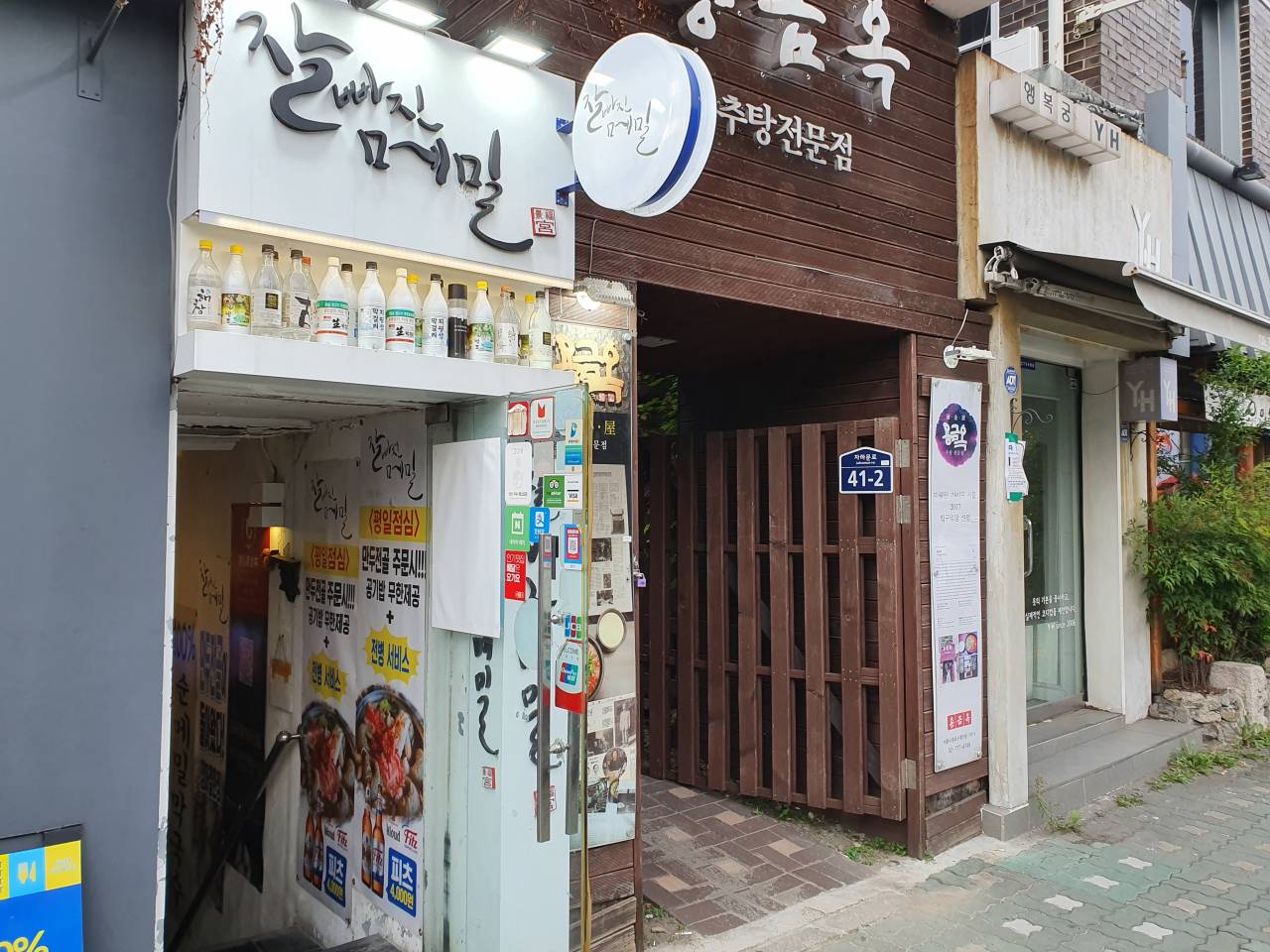
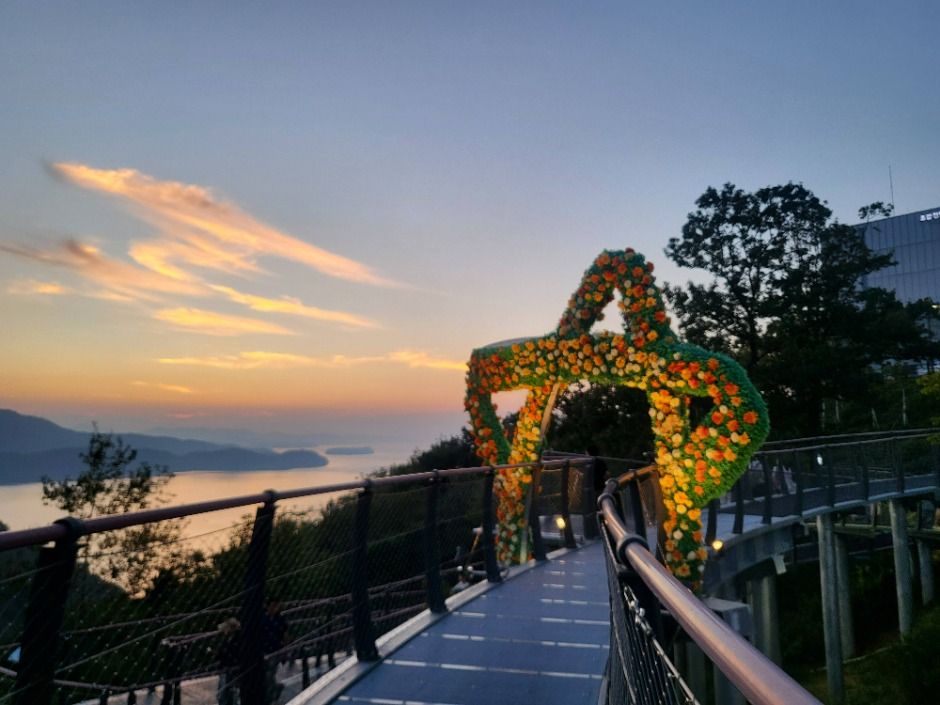
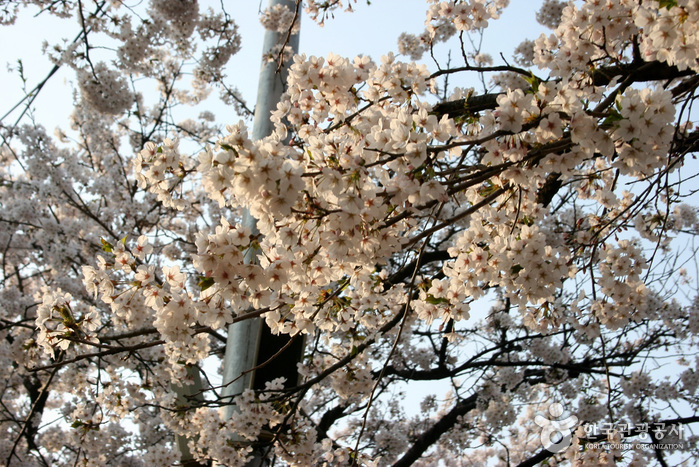
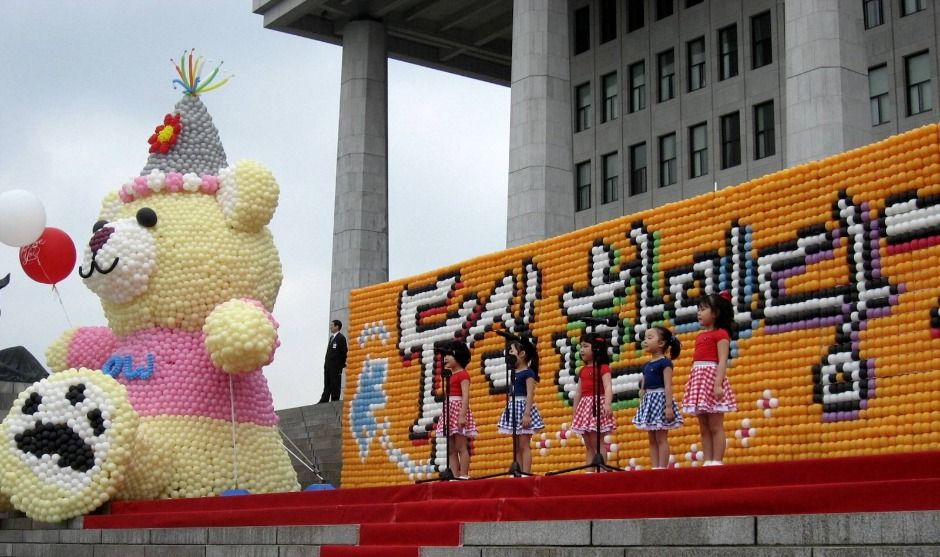
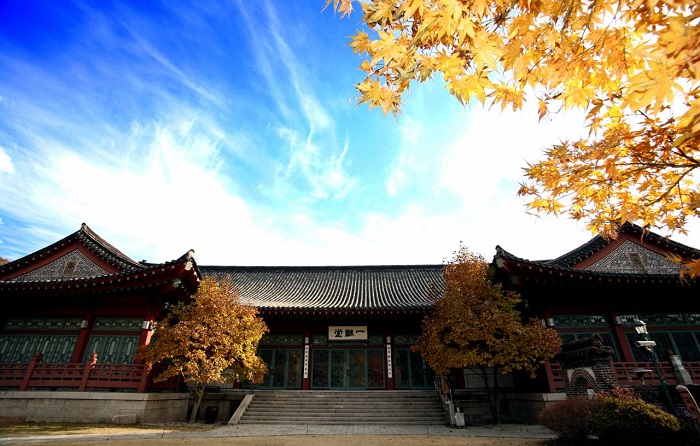
![Seochon Guest House [Korea Quality] / 서촌 게스트하우스 [한국관광 품질인증]](http://tong.visitkorea.or.kr/cms/resource/41/2447241_image2_1.jpg)
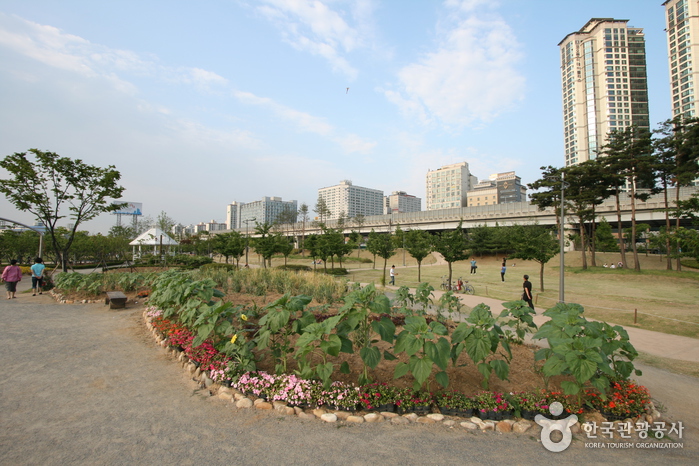
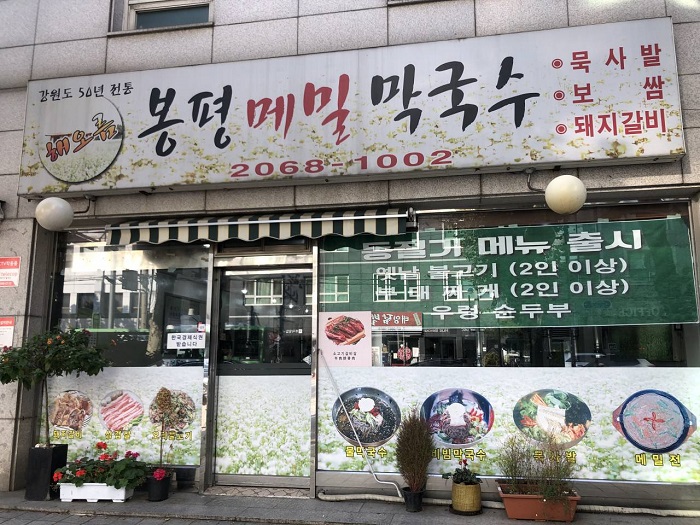
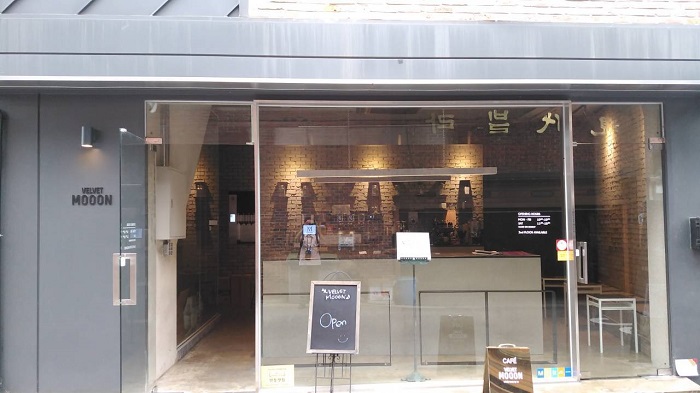

 Español
Español
 한국어
한국어 English
English 日本語
日本語 中文(简体)
中文(简体) Deutsch
Deutsch Français
Français Русский
Русский